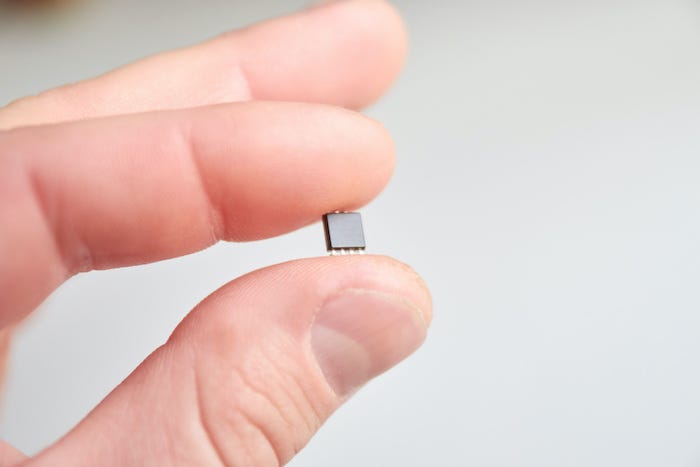Miniaturization of electronic, mechanical, and optical systems have benefited almost all technical fields and products.
July 20, 2020

Thanks to the amazing transistor scaling of Moore’s Law, semiconductor chips have consistently shrunken in size since the 1970s. In addition to getting smaller, chips also require less power to perform the same tasks while also decreasing in cost. The benefits wrought by the advances in the semiconductor manufacturing have also led to miniaturization in mechanical and optical systems.
The shrinking size of chips has enabled the miniaturization of boards and other systems, which is why smartphones, wearable an even automotive vehicles have gotten smaller and more compact. The benefits of miniaturization are being enjoyed across many different fields of application, from sensors, wearables and medical devices to and satellites, drones and even video games. This slideshow will highlight only a tiny portion of products and systems improved by this shrinking trend.
John Blyler is a Design News senior editor, covering the electronics and advanced manufacturing spaces. With a BS in Engineering Physics and an MS in Electrical Engineering, he has years of hardware-software-network systems experience as an editor and engineer within the advanced manufacturing, IoT and semiconductor industries. John has co-authored books related to system engineering and electronics for IEEE, Wiley, and Elsevier.
About the Author(s)
You May Also Like





